|
by Jennifer Yarbrough Walt Disney once said, “Our greatest natural resource is the minds of our children,” and Nelson Mandela asserted that, “Education is the most powerful weapon which you can use to change the world.” Looking around at the world right now, I worry sometimes about my own children. But then I look in their eyes when they discover new things and marvel at how much love they have for each other and others and I am given hope. To this end, I want them to have every opportunity in the world to be the best they can be, to realize their potential, and to affect their little piece of the planet. Education is the key to unlocking all of these things, so as we enter another school year, how can we help our children have a successful school year so they become all they are meant to be? I put that question to local parents and teachers. Here are their tips. My first stop was Mrs. Beverly Slough our District 1 School Board Representative and longtime St. Johns resident, here’s what she had to say: "We are looking forward to another successful school year in St. Johns County schools. Prepared and engaged students, along with excellent teaching are the keys to our success. I would encourage students and their parents to set goals for the new school year which include working hard to achieve to their highest potential. The school year can be stressful, but a regular schedule, adequate rest, and the realization that school is the child's job, just as Dad and Mom have jobs, help children to stay focused in the classroom. I would encourage parents to help their children select one or two extracurricular activities to keep them balanced and engaged. I would also urge parents not to overschedule their children. Many times, a child has activities four or five days a week, leaving no time to just be a kid. Balance is just as important in a child's life as it is in an adult's. Give your child the gift of time to imagine, explore, and just be a kid!" Before Going Back to School A little planning goes a long way in ensuring that your child’s school year starts off and continues well. Here are ways to get the school year off right! Lessen Anxiety! “We read back to school books like the "Night Before Kindergarten" or "Night Before First Grade" by Natasha Wing and talk about our excitement and fear. We love the "Kissing Hand" by Audrey Penn, it is such a sweet one to help with separation anxiety. When Sydney was in Kindergarten every morning we had a ritual where I would kiss her hands like in the book.” Jenn H. “I talk up school all summer for my new kindergartener. I also have a countdown poster in the house to countdown the days until school starts, this keeps them engaged in reading and gets them excited about school.” Bethany L. “We make sure to find out our class/teachers ahead of time (we look up their pictures in the yearbook if she doesn't know who they are), we go to orientation, and tour the school.” Jenn H. Set Goals! “A few days before school starts we set goals for the upcoming school year. Goals (academic and social) might include being able to make new friends, do an after school activity, read higher level books, add bigger numbers (use specifics though like read 5th grade books, add numbers in the hundreds).” Jenn H. Get into a Routine! “A few days (or sometimes up to a week) before school starts we adjust our schedules, we go to bed earlier, cut down on nightly tv/device time, read back to school books before bed, and set out our clothes.” Jenn H. Go shopping! “I engage my kids in the school supply shopping which gets them excited! We also go clothes shopping together and they help me pick out their new clothes.” Bethany L. During the School Year
As the year continues on, having consistent routines at home sets the stage for success and makes children eager to learn at school! Encourage them to do these in class! “Ask questions and participate in class discussions.” Mrs. Zentz Approach everything with a “Can Do!” attitude! Mrs. Zentz Communicate! “Sign up for all means of communication with your school and teachers.” Mrs. Zentz “It is important for student-teacher-parent to work together as a team to guide the child on a positive academic and social journey through their education. It is very important to be sure to guide your child at home with reading and to monitor their progress hands on. I believe that ‘First we love them, then we teach them.’” Mrs. Neel Encourage good study habits! “Set up a homework/practice area and develop a daily routine.” Mrs. Zentz “Help your students be organized with materials and time management. Have a set and separate place for homework time- NOT their bedrooms. Unplug for a time- there's something to be said for pencil/pen to paper!” Mrs. Carney “This year I'm setting up a study center. Kids enjoy this project because they can personalize it and you can customize one yourself inexpensively.” Laurel M. Motivate them! “We talk about our day. We have a nightly ritual where we have 4 questions..."What was your favorite part of the day?", "What was something that made you sad?", "What is something new that you learned?" (doesn't have to be academic), and "What is a goal you have?" (can be anything...Sydney loves to say her goal is going to Paris one day). Even if it's only one or two questions it opens the lines of communication as they get older they'll be more willing to talk to you and express their joys and frustrations.” Jenn H. Prepare! “Stay organized! Get everything ready the night before.” Mrs. Zentz “Keep a family calendar on display so no one forgets important events.” Mrs. Zentz “Preplan menus for school lunches and make some weeknight meals that you can freeze ahead!” Laurel M. Sleep ‘technology free’ every night and stick to a regular bedtime. Mrs. Zentz Outside of School Allowing your children time outside of school and extracurricular activities to simply relax and have self-guided fun is important to their overall well-being and growth. “Make sure to keep downtime and fun in the mix. Unscheduled outdoor time is so important for their development!” Carrie P. Local mom Laurel wrapped it up by saying, “Most importantly, save some time to relish these last few weeks before summer is gone and school begins. Our babies are growing up! Have fun!” Enjoy this time, get prepared, and start the year off right with these tips!
3 Comments
by Shainna Rosenbaum, 8th Grader at Switzerland Point Middle School 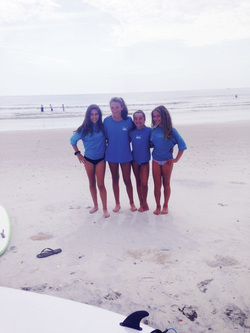 I have always loved the ocean so when I heard about our school’s Marine Science Camp, I decided to give it a try. I am so glad I did. It was amazing! Every day was a new adventure exploring salt marshes and wave energy, surfing, canoeing, kayaking, finding plankton in the water, fishing, paddle boarding. That and all of the grades go on a trip to a spring somewhere in northern Florida. Upcoming 6th, 7th, and 8th graders can do the camp. There are 3 sessions for the camp spread out over the summer. The camp offers experiences in a lab or on the field in a day, sometimes both. During the camp you have 2 day rotations with different teachers. A Typical Day at Marine Science Camp Waking up bright and early! (Not very fun 6:00 am to be exact) Then you pack your bag for the day if you haven't already. Some things that you would have to put in your bag for the day would be an extra pair of clothes because you will almost always get wet. A big lunch because you will be hungry! SUNSCREEN you will get burned if you don’t use it, also a towel. The last important thing would be paper or a journal because when you get back from what you did that day they have you write a journal entry. Personal Highlights There were many highlights to the camp but my personal favorite was going to Blue Springs State Park located near Deland, Florida. For me the springs visit was on the last day of the camp. At the park you can go tubing, snorkeling or just plain swimming. There are many fish and also manatee. We used snorkels to look under the water and we were able to see the manatee and swim with them. Don’t be scared but the same is true with alligators (they don’t really come in the swim zone though). Another thing I did that was really cool was go fishing at the Pellicer Creek Estuary with seine nets. We canoed from Favor Dykes Park to Princess Place where we saw marshes, mud flats and oyster beds up close. My friend and I caught a baby puffer fish and a lot of other cool stuff. Wind surfing was pretty cool but not easy to get up in the air. We were at Anastasia State Park, at an estuary behind the barrier islands. I also learned how to use a Hobie Cat, or a catamaran which is a small sail boat. If you are a middle schooler, you should definitely try Marine Science Camp – There is nothing quite like the experience! by Debbie Gaylord This past April my Step Dad Bob was on Matanzas Inlet beach fishing when he spotted a strange lump on the beach. After a few hours passed and it had not moved he decided to investigate and found a large turtle who seemed to be in trouble. He made the call to animal rescue and was connected with Catherine Eastman, "Cat" , the Sea Turtle Program Coordinator and Director of the Sea Turtle Hospital at University of Florida’s Whitney Laboratory. As luck would have it, the Sea Turtle Hospital was only a few miles down the beach across from Marineland. Catherine was able to instruct him on what to do while waiting for animal rescue to arrive. Thanks to Bob, the sea turtle, a loggerhead later named Mongo Jerry (All the turtles at the hospital get a name) was saved and became a temporary patient at the hospital. After they removed the barnacles from his shell and gave him electrolytes he perked up and they transferred him to their Jekyll Island facility where there was more space since the turtle hospital here was full. As a thank you, Catherine invited Bob and his guests (myself, my Mom, and my 2 daughters) to visit the hospital and learn about sea turtles. Inside the hospital there were about 12 turtles receiving treatment. It was amazing to see these majestic creatures up close and learn about them from an expert. We met Banana who was hit by propeller and was found in Melbourne, and Prince who was the tiniest of turtles and had little arm bandages. There were many others relaxing in pools, bandaged and healing so they too could hopefully return to the sea. The Sea Turtle Hospital here in St. Johns is new, having opened its doors in November 2015 with the capacity to rehab about 12-15 turtles at one time. The goals is conservation of sea turtles through rehabilitation, research, and education, according to Cat, the hospital’s Program Director. Injured and sick endangered sea turtles come ashore in Florida’s waters throughout the year for a variety of reasons, including boat strike, cold-stunning, swallowed fish bait and hook, exhaustion from interaction with commercial fishing gear and Fibropapilloma (FP) virus, one of the most infectious diseases among sea turtles. The disease is a virus that causes tumors to grow on the soft tissue of a turtle’s body. If not removed they can do damage and may even cause death. Many of the turtles found in northeast Florida must be sent to facilities in Georgia or central Florida and none of them are able to accept turtles with FP virus. Until now, the Sea Turtle Hospital at Whitney Lab is able to treat FP, providing valuable research discoveries for finding a cure and indirectly towards conservation of our ecosystem. According to Catherine, if we can understand what causes turtle tumors there are far reaching implications for human health as well. The challenge is that sea turtles are difficult animals to learn about and even scientist who have studied them for years are still searching for details. Although, they live to be 80 to 100 years old, they are wild animals, preferring a solitary life and remain primarily submerged under water throughout their lives. Females come on land to lay eggs, returning to the exact same beach where they were born each time. Of the seven species of sea turtle, green, loggerhead, leatherback, kemps ridley, olive ridley, hawksbill and flatback, all are endangered, which is why conservationists are doing everything they can to help them survive. The loggerhead, green and leatherback sea turtles nest on the beaches of Northeast Florida. The hospital is amazing to see in action. Cat and her team told us about innovative contraptions they create as they need them. Pool noodles fitted together serve as cushions while turtles are on the operating table, and life jackets connected help to keep a giant turtle's head above water in the pool while they are healing. As I write, Cisco Kid, a green sea turtle who was found stranded on Hammock Beach in Palm Coast in January was released back into the ocean yesterday! Watching him flap his fins like crazy as he got close to the sea was a sure sign he was ready to go home! When Cisco Kid arrived at the University of Florida’s Sea Turtle Hospital at Whitney Laboratory, he was anemic and had turtle tumors on his shell. He was the first patient at the new sea turtle hospital to receive laser surgery for these tumors and to be released. If you are inspired by Cisco Kid or Mungo Jerry and would like to learn more about the Sea Turtle Hospital and how you can help please visit http://www.whitney.ufl.edu/education-conservation/sea-turtle-hospital or call Jessica Long, Director of Development at (904) 461-4018. You may also join Friends of the Sea Turtle Hospital, or purchase a Sea Turtle License plate! What you can do to help |
St. Johns MagazineSt. Johns Magazine blog features articles written by & about the people, places and events of St. Johns and the surrounding communities. Archives
July 2022
Categories
All
|
Proudly powered by Weebly
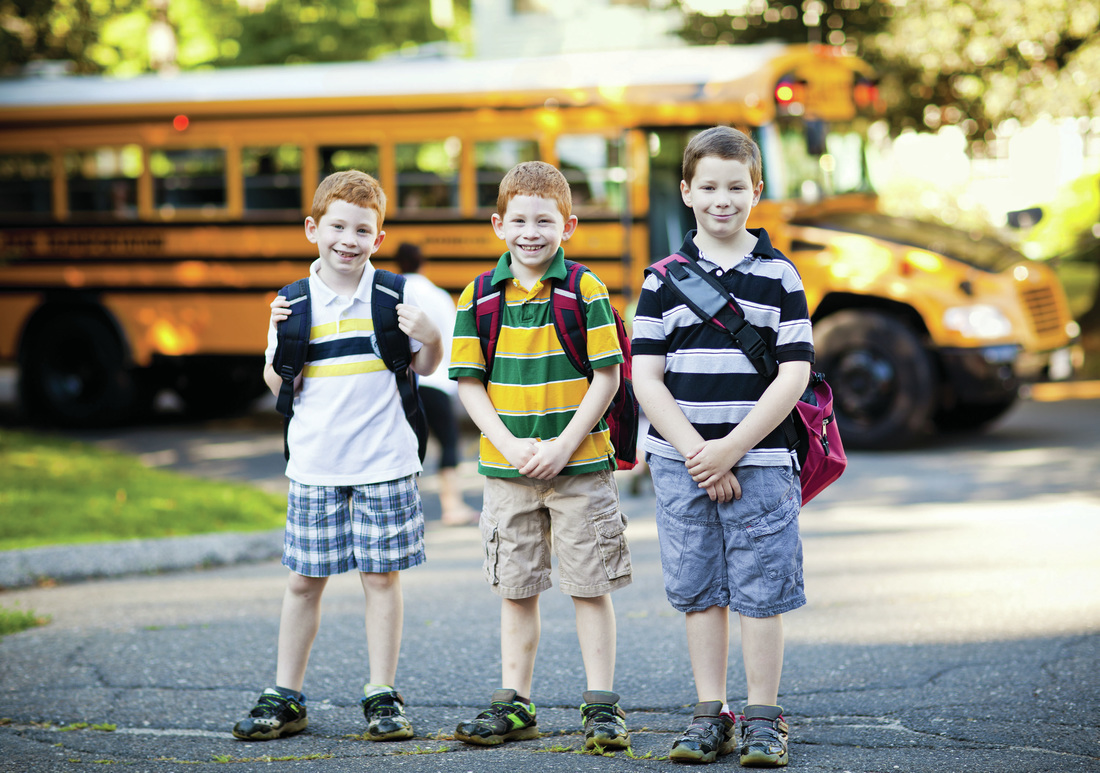

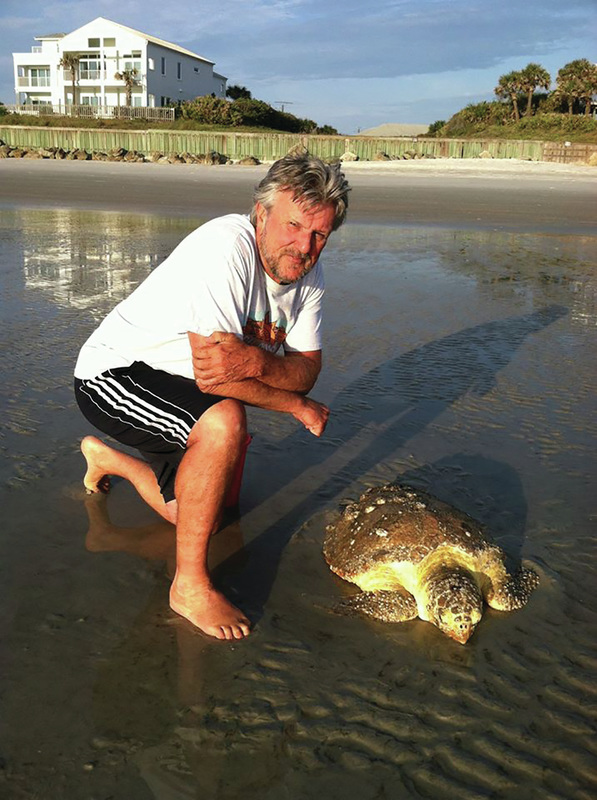
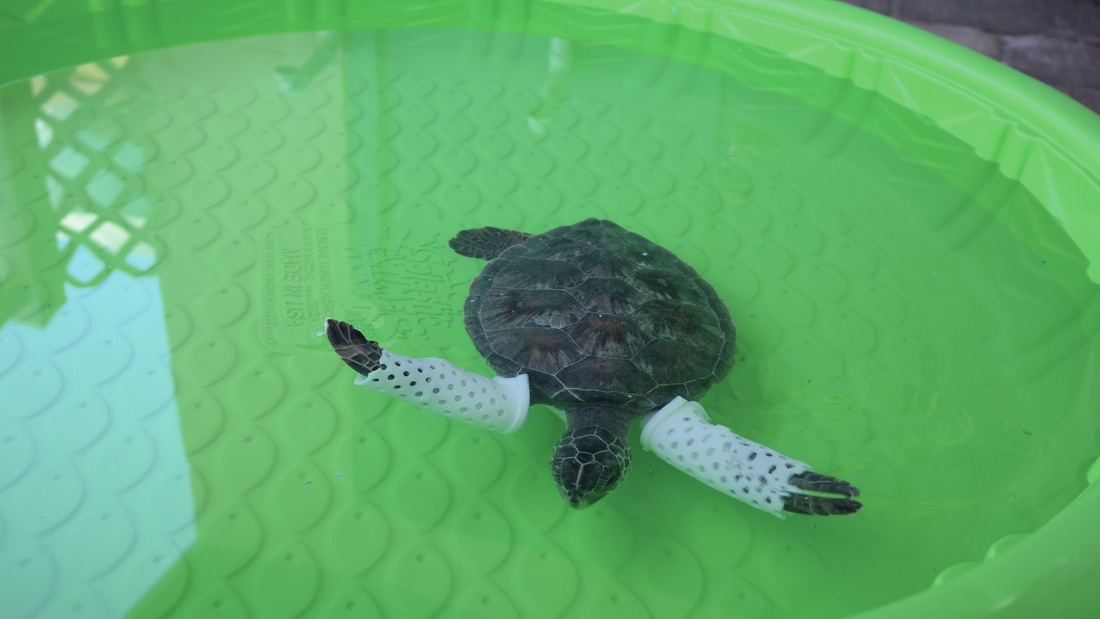
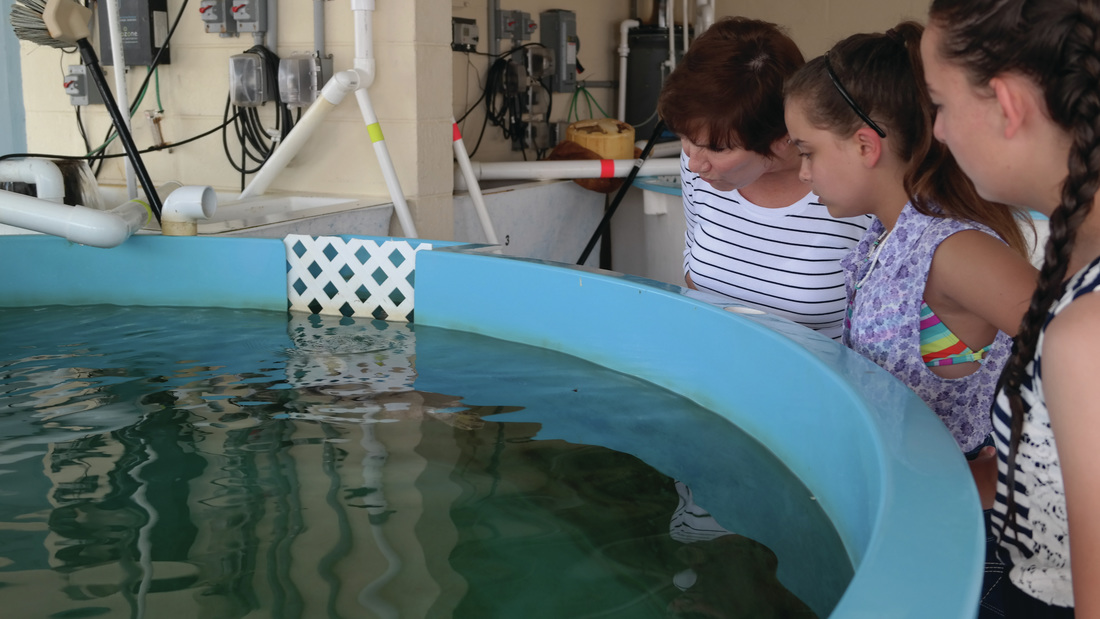
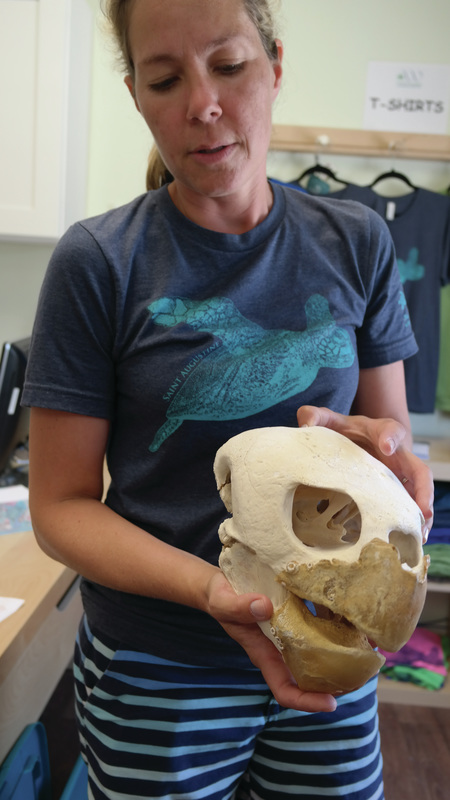
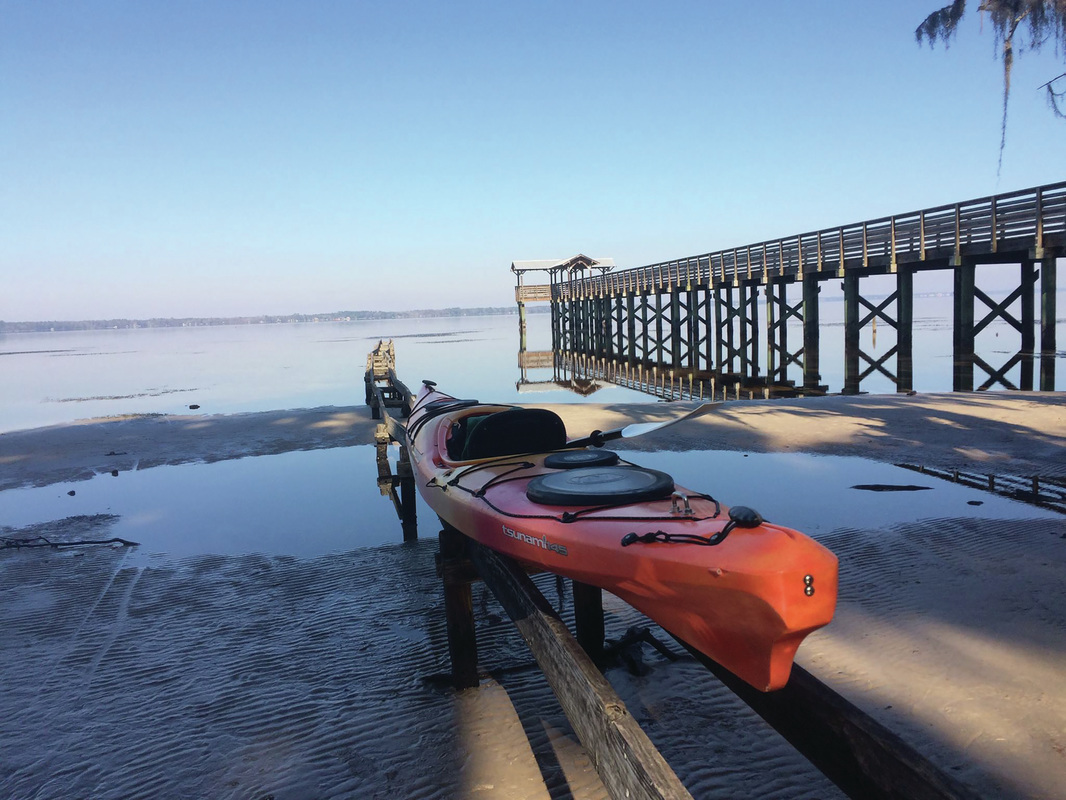
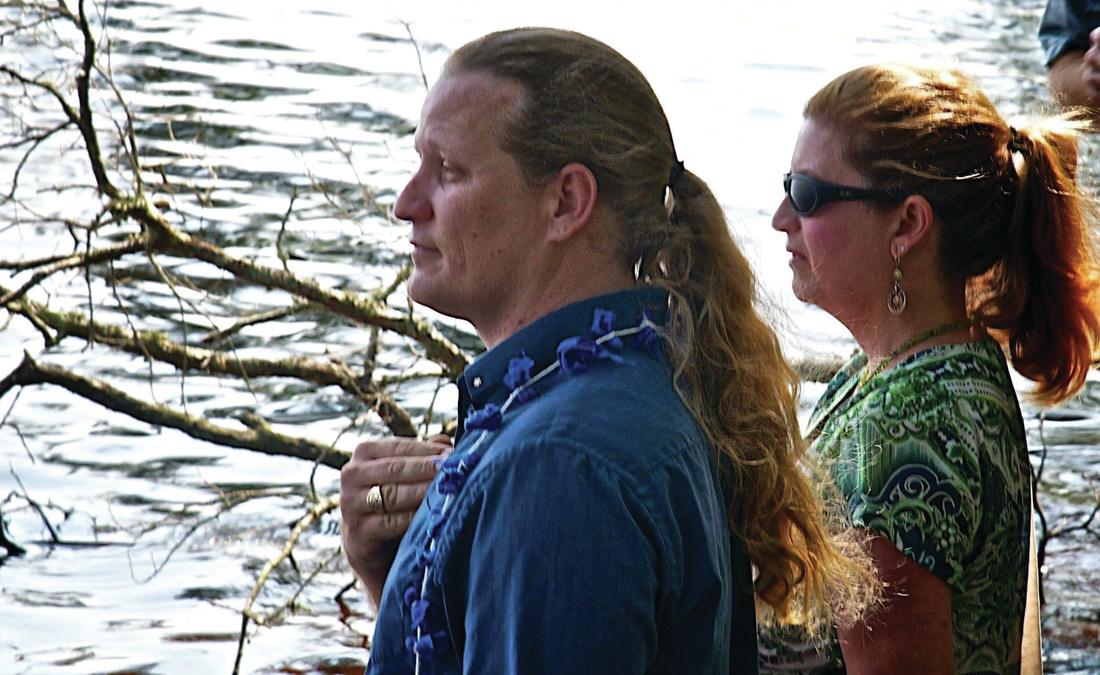
 RSS Feed
RSS Feed
